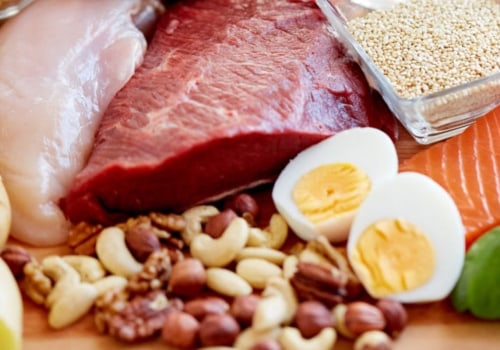Processes include production, processing, distribution, consumption and disposal. A food supply chain is the process that all food products go through, from production to consumption. The food supply chain is therefore a very important step in safely consuming and understanding the food you consume. The food supply chain refers to all the processes involved in growing food, right down to the table.
Learn how it works, how it's disrupted, and why it's important to have a strong food supply chain. At its root, the food supply chain is what keeps everyone alive. Without it, most of the world would starve. We rely on grocery stores and our favorite restaurants to keep us fed.
The food supply chain encompasses the steps that food takes to get from its original source, the farmer, to the consumer and to the table. This chain encompasses multiple stakeholders, including manufacturers, distributors and retailers. It is often divided into five key steps:. With technology advancing at an unprecedented rate, there are now tools that manufacturers, farmers, and governmental and non-governmental organizations can use to ensure that they follow best practices to promote a healthy food supply chain.
In recent years, people have become more aware of the environmental impact that certain food supply chains may be having. Since food production is one of the industries with the highest energy consumption, if there is a shortage of energy or fuel, the food supply chain could be severely affected and consumers could face scarcity or higher prices. A food safety management system is the application of policies, systems and processes based on the principles of HACCP, ensuring that all possible practical steps are taken to protect consumers from contaminated food. This video shows how printer company Avery Dennison is taking advantage of its technological solutions to help food companies manage and track their food at every step of the supply chain.
The food supply chain is a summary of all the processes involved in the production and delivery of food to households and distributors. Addressing food waste and ensuring that food gets where it needs to go is why the food supply chain is of the utmost importance. While this may initially be considered beneficial for food production lines, it means that chains inevitably become more fragmented. This type of technology can help identify supply chain inefficiencies and locate poor food sources using real-time data.
In fact, short food chains offer mutual benefits to both farmers and consumers, and act as a model for increasing transparency, trust, growth and equity. As such, concern has been expressed about a multitude of resulting problems, ranging from animal welfare, food safety, rising food prices and the mental health of workers. There are 6 models of food supply chains, but they all fall into one of two categories: efficiency or responsiveness. This is where manufacturers and butchers get supplies, cut meat, process vegetables, and package it.
You should also periodically evaluate your suppliers and ask them for the results of any recent audits they may have had to undergo. For example, for food management and distribution, your supply chain includes the quantity of incoming materials, ways of processing raw materials, storage, delivery, and more. Even small interruptions in the food supply chain can have major consequences on the global economy and on the daily lives of ordinary people. .






